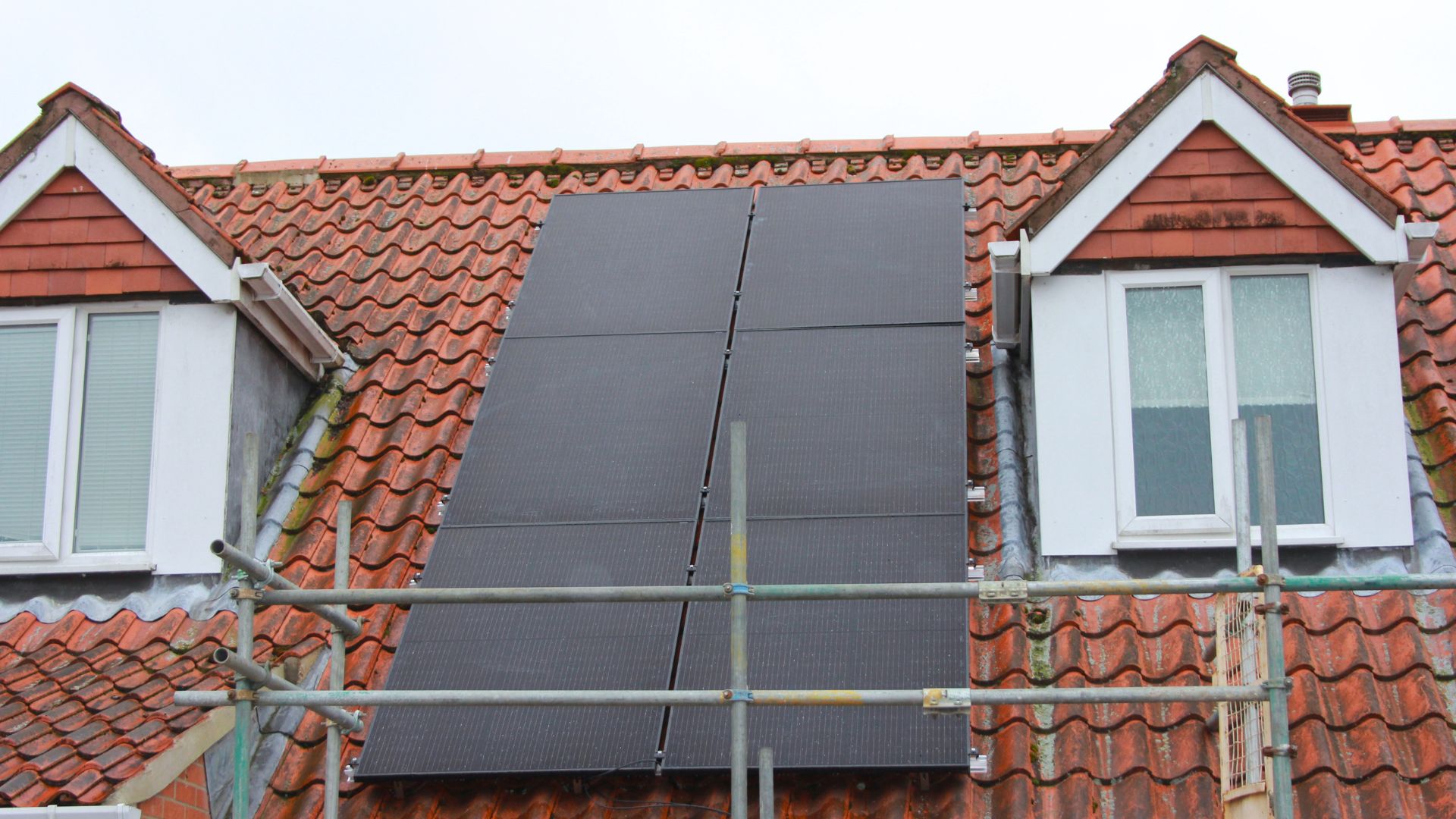
In the quest for more sustainable and eco-friendly energy sources, solar power has emerged as a leading contender. Solar panels offer homeowners the opportunity to reduce their carbon footprint and lower their electricity bills simultaneously. However, a common question that arises is, "How many solar panels are needed to power a typical house?" In this blog post, we will explore the factors that determine the answer to this question and provide a comprehensive guide to help you estimate your solar panel needs.
Understanding Your Energy Consumption
The first step in determining how many solar panels you need for your home is to understand your energy consumption. Your electricity usage is typically measured in kilowatt-hours (kWh), and this data can be obtained from your utility bills. It's essential to look at your past bills to get an idea of your average monthly and yearly consumption. Try our Solar Calculator.
Several factors influence the number of solar panels required to power a typical house:
- Location: Your geographical location significantly impacts the efficiency of your solar panels. Areas with more sunlight will require fewer panels. Conversely, locations with frequent cloud cover or shorter daylight hours may need more panels to compensate for reduced sunlight.
- Roof Orientation and Angle: The orientation and angle of your roof also affect solar panel efficiency. A south-facing roof with a suitable angle (usually 30-45 degrees) will maximize sunlight exposure and require fewer panels.
- Panel Efficiency: Solar panel efficiency varies depending on the technology used. Higher-efficiency panels can generate more electricity from the same amount of sunlight, potentially reducing the number of panels needed.
- Energy Consumption: The more energy your household consumes, the more solar panels you'll need to offset that usage. Implementing energy-efficient practices and appliances can reduce your overall electricity demand.
- Battery Storage: If you want to be completely self-sufficient or store excess energy, you may need a battery storage system. This could impact the number of panels required to meet your energy needs.
To calculate how many solar panels you need, you can follow these steps:
- Determine Your Energy Consumption: Review your utility bills to find your average monthly and yearly energy consumption in kWh.
- Assess Your Location: Consider your location's sunlight exposure and weather patterns. Websites and tools are available to help estimate solar potential in your area.
- Calculate Solar Panel Output: Calculate the solar panel output based on your location and panel efficiency. On average, a standard 300-watt panel can produce about 1.2 kWh per day per panel.
- Factor in Efficiency and Location: Adjust your panel output calculations for your roof's orientation and angle and any shading issues.
- Divide Energy Consumption by Panel Output: Divide your yearly energy consumption by the daily output of a single panel to determine the number of panels required.
Conclusion
The number of solar panels needed to power a typical house varies based on location, energy consumption, and various other factors. To determine the exact number of panels for your home, it's advisable to consult with a solar installation professional who can provide a personalized assessment. Installing solar panels not only reduces your carbon footprint but also offers long-term financial benefits by lowering your electricity bills. So, take the first step towards a sustainable future and start harnessing the power of the sun today.
